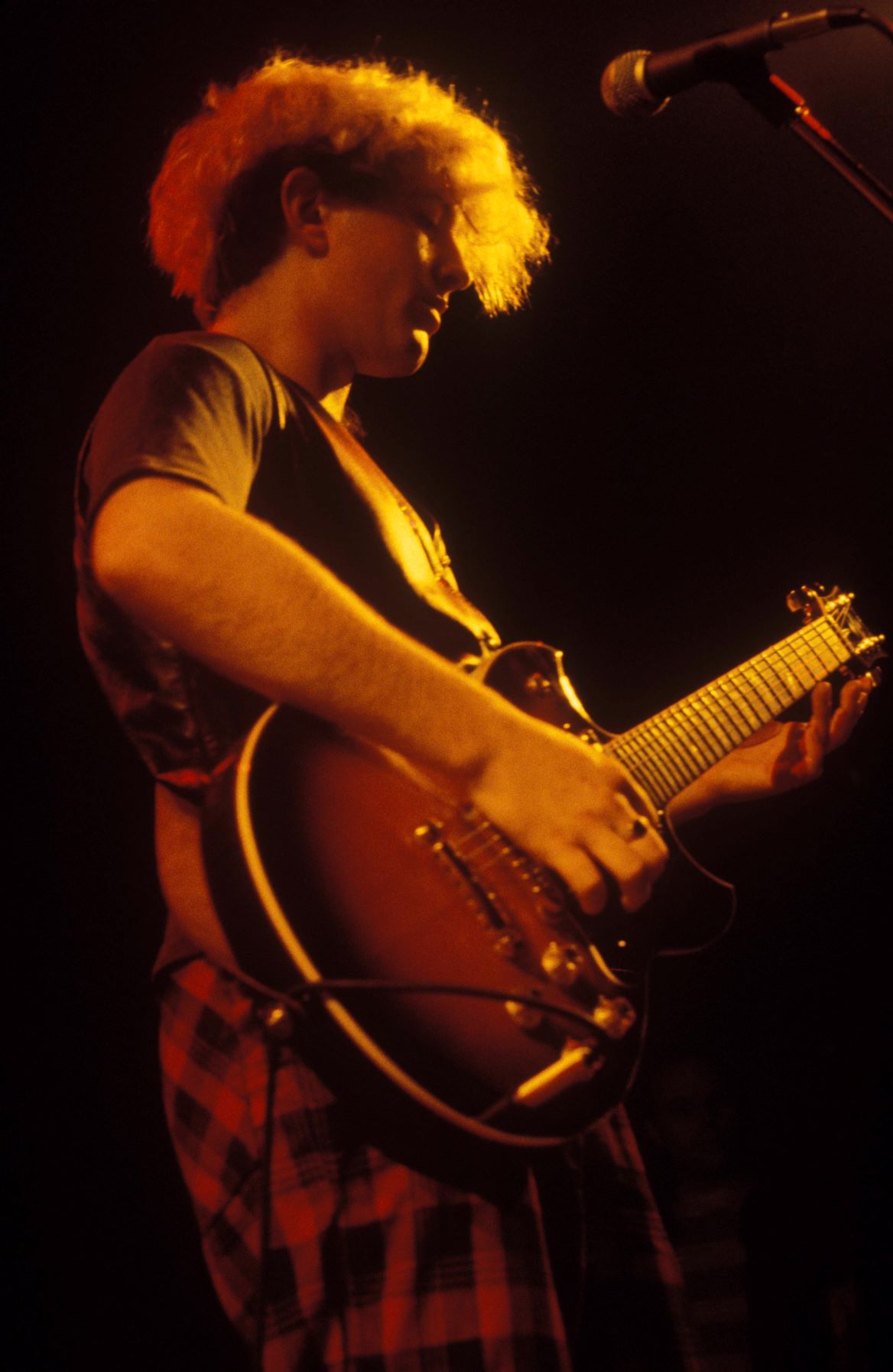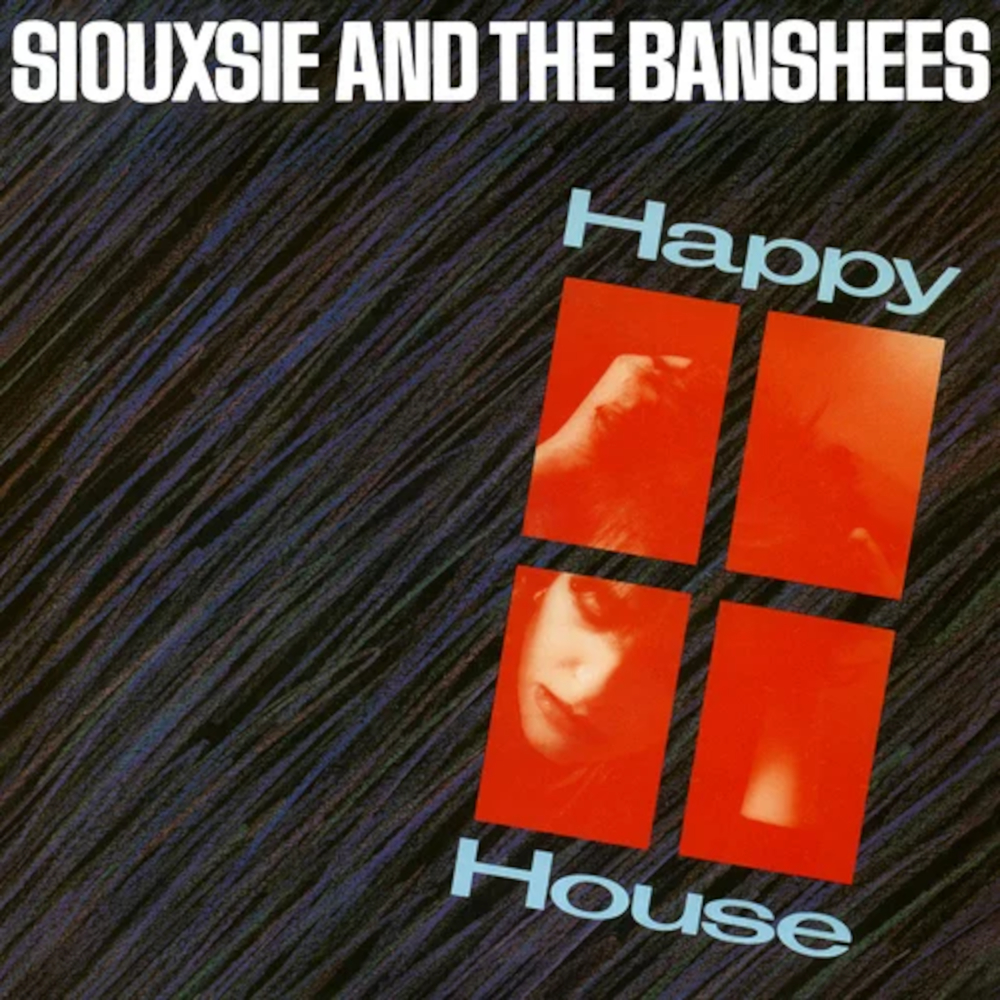Listen to John McGeoch’s Haunting Siouxsie and the Banshees “Happy House” Debut and Watch the Iconic Music Video
Remembering the late, great guitarist on the anniversary of his passing.

On this day, in 2004, the music world lost one of its greatest post-punk pioneers, guitarist John McGeoch.
As a member of Magazine, Visage, Siouxsie and the Banshees, the Armoury Show and Public Image Ltd, McGeoch was, and still is, regarded as one of the most influential musicians of his generation.
Indeed, Johnny Marr, John Frusciante, Ed O’Brien and countless others have cited him as a major inspiration.
All three guitarists have been pictured with Yamaha SGs in recent times – a style of electric guitar now synonymous with McGeoch.

Scottish-born McGeoch moved to Manchester, England in the mid-‘70s to study art, just as punk rock hit the U.K.
Referred to by McGeoch as a “revolution,” this new music soon became the center of the young guitarist’s life, and in 1977 he formed Magazine with ex-Buzzcocks frontman Howard Devoto.
With Magazine, McGeoch virtually defined the post-punk guitar sound, which he continued to refine with Siouxsie and the Banshees after he joined the band in 1980 for the recording of their third studio album, Kaleidoscope.
All the latest guitar news, interviews, lessons, reviews, deals and more, direct to your inbox!
The album’s opener, “Happy House,” appeared as a single in March of that year – almost 42 years ago to the day – and was McGeoch’s first release with the Banshees.

Speaking of his new creative venture with vocalist Siouxsie Sioux, McGeoch once told an interviewer, “They invited me along to their rehearsal studio in Camden [in London] and within two days, we'd routined ‘Happy House.’
“They really liked that guitar line, that was the clincher. I was going through a picky phase, as opposed to strumming. ‘Happy House’ was lighter and had more musicality in it. They invited me to join. I was sad leaving Magazine, but the Banshees were so interesting, and it felt like a good move.”
“John McGeoch was my favourite guitarist of all time,” Siouxsie Sioux later commented. “He was into sound in an almost abstract way... He was easily, without a shadow of a doubt, the most creative guitarist the Banshees ever had.”
In the “Happy House” music video, McGeoch’s absence speaks volumes as his beautifully eerie guitar lines embellish the song with the kind of signature tones, textures and melodies that continue to inform guitar players decades down the line.
Don’t miss the new John McGeoch biography titled The Light Pours Out Of Me. It’s due out on June 23, 2022 via Omnibus Press and you can pre-order it here.

Rod Brakes is a music journalist with an expertise in guitars. Having spent many years at the coalface as a guitar dealer and tech, Rod's more recent work as a writer covering artists, industry pros and gear includes contributions for leading publications and websites such as Guitarist, Total Guitar, Guitar World, Guitar Player and MusicRadar in addition to specialist music books, blogs and social media. He is also a lifelong musician.

